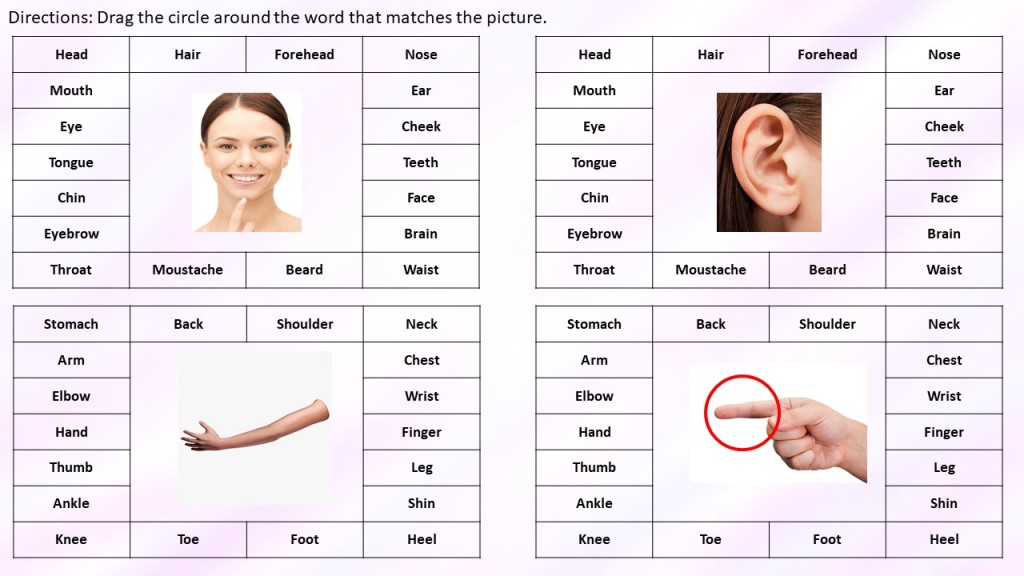
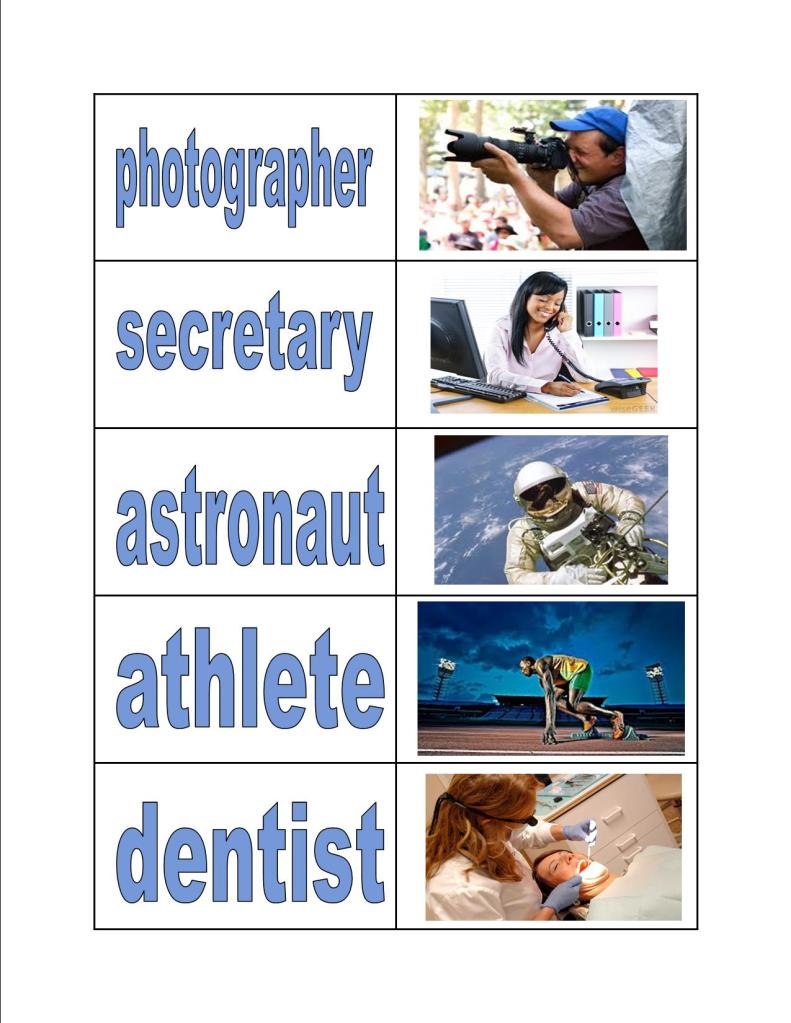
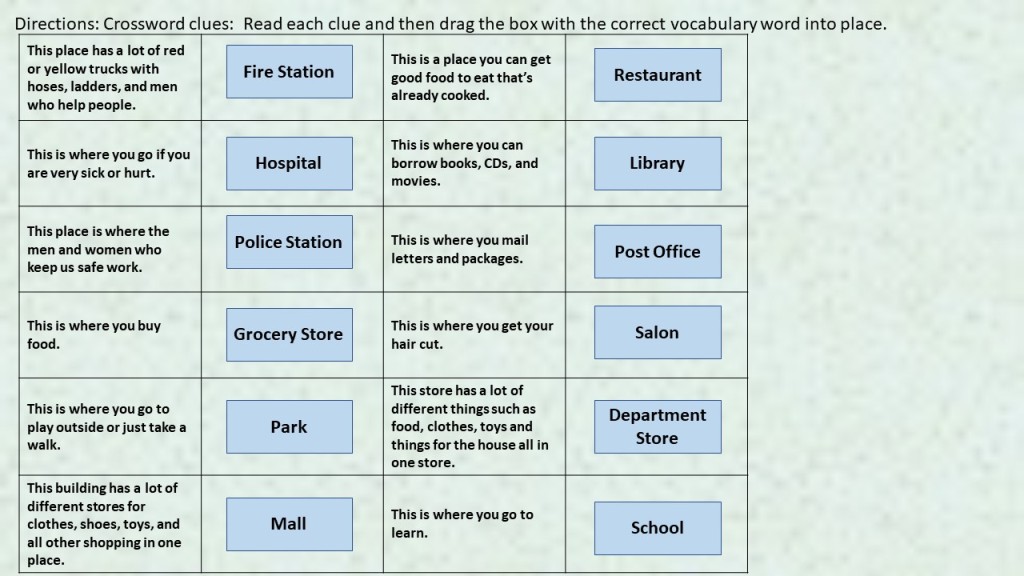
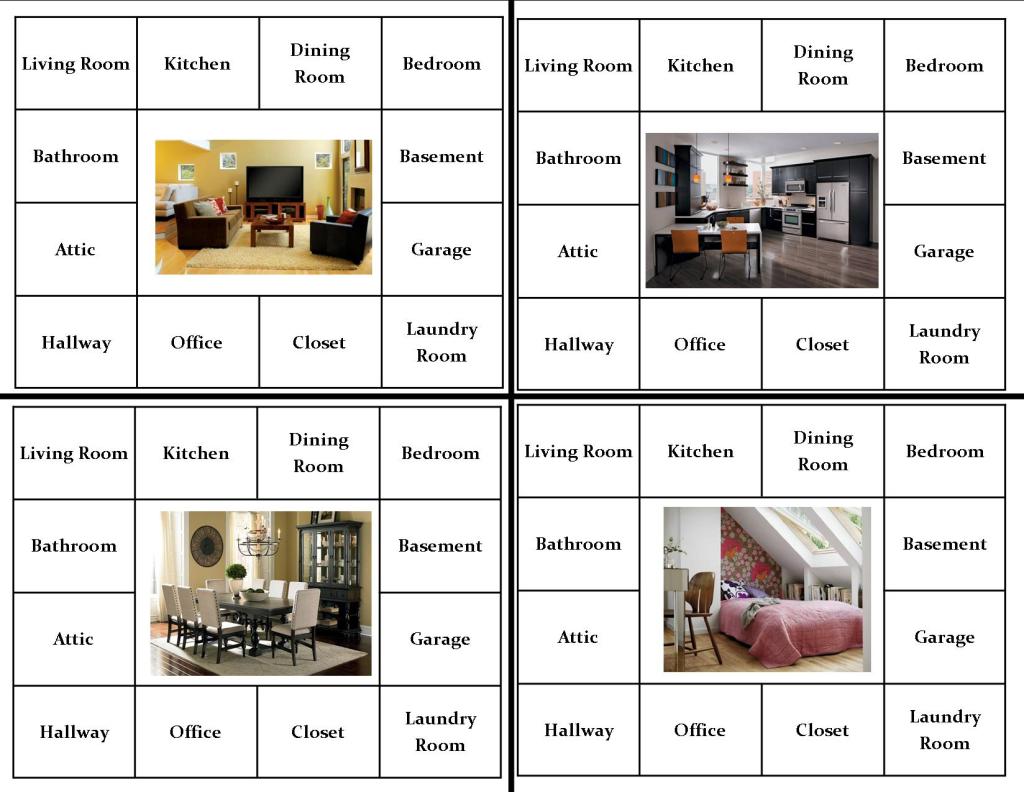
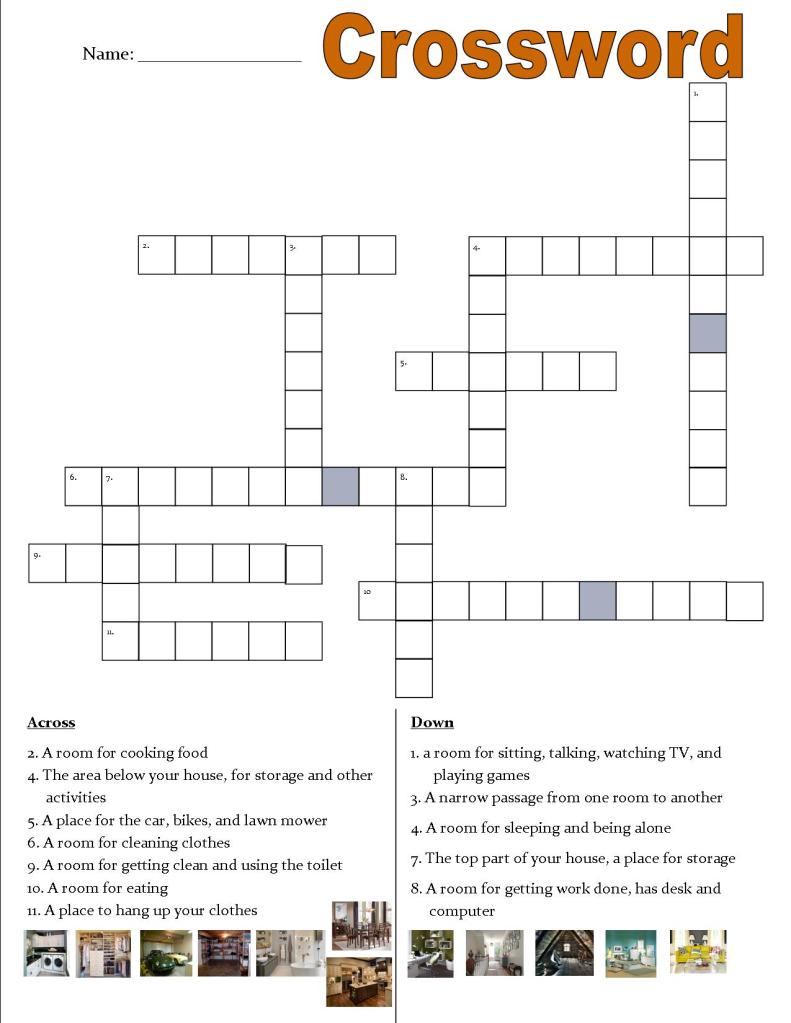
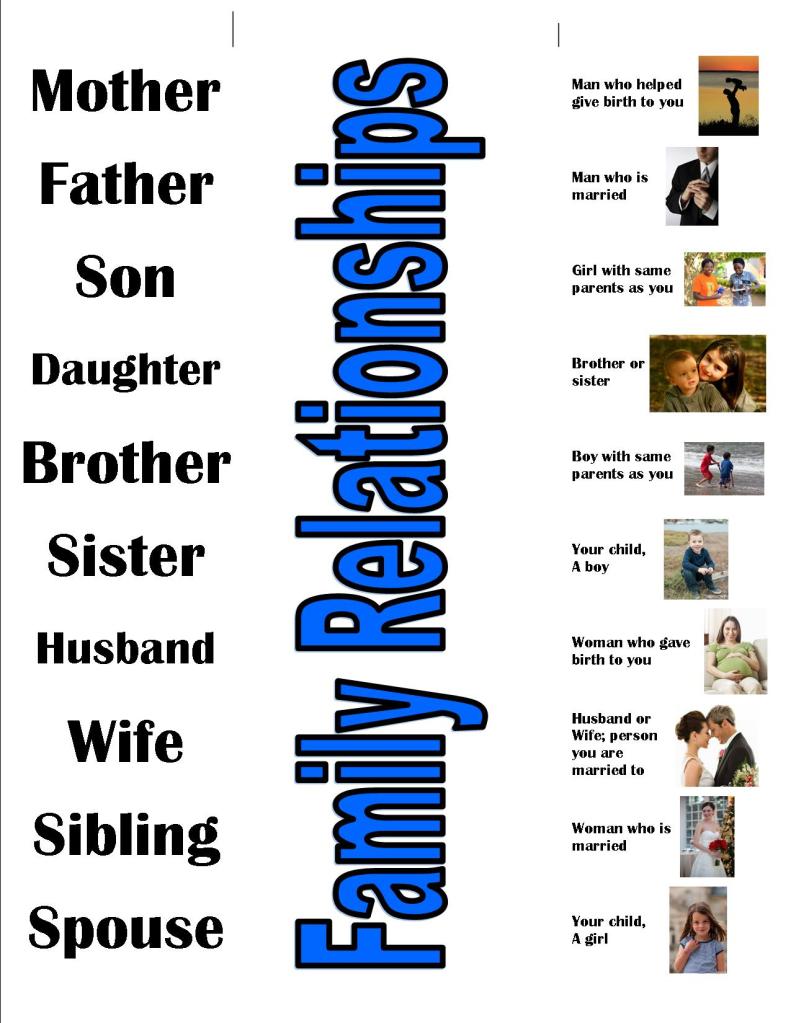
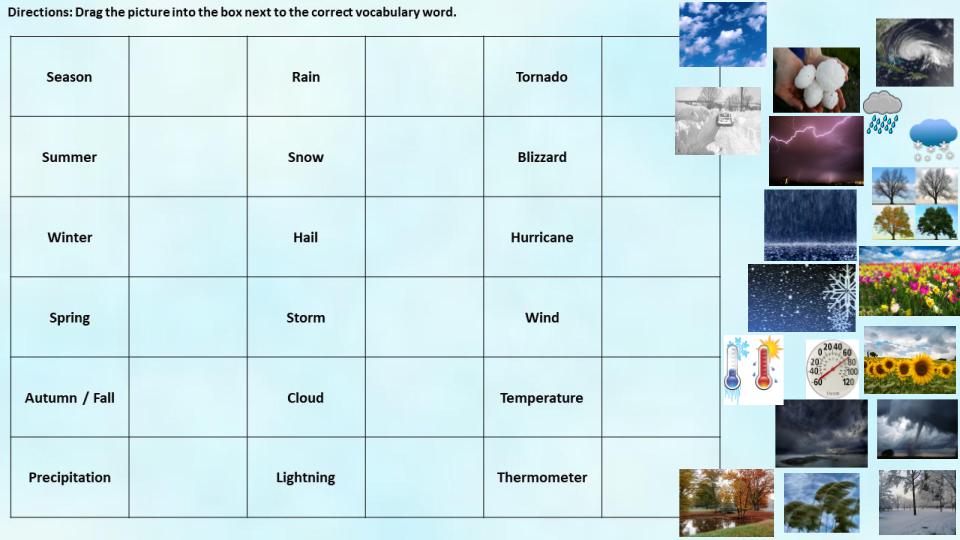
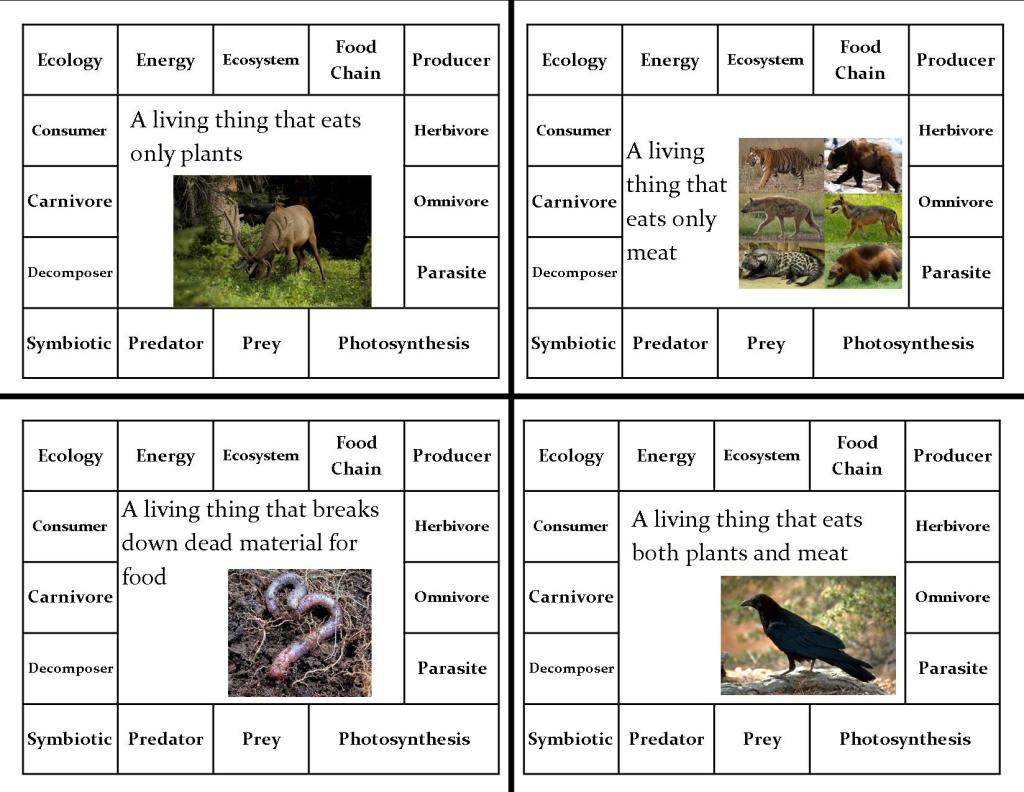
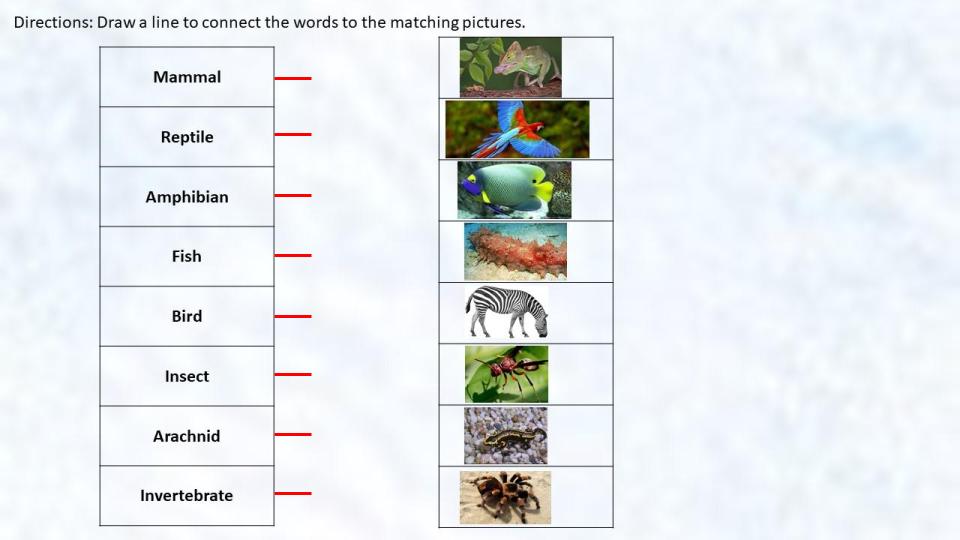
Vocabulary is never-ending. If you are a student, especially an ESL student, you never stop learning it. If you are the teacher, especially the ESL teacher, you never stop teaching it. Over the years I have taught students at all different levels, but beginners (low-proficiency language learners) hold a special place in my heart. I love teaching them! They, of course, have the greatest vocabulary acquisition needs, and so I have spent a lot of time developing vocabulary instructional materials.
One thing that is important when teaching beginning language learners, especially in an immersion setting, is to reduce the cognitive load as much as possible. You want to create as much free brain power as possible for engaging with, processing, and learning the vocabulary. In order to do this, I developed a standard set of vocabulary activities that I use over and over again, the only thing that changes is the terms. This means students don’t have to use any of their cognitive powers to understand directions, they can focus solely on the vocabulary.
Besides striving to reduce the cognitive load by using the same activity types over and over, I also try to provide two other things ELs need: visual support and context. To do this I use a lot of pictures in our activities (Pixaby is a great place to get royalty-free, commercially usable pictures). This allows students to create connections between the terms and images, thus enhancing understanding, retention, and connections to prior knowledge. Context is a little more difficult to provide in single activities, but I do include things such as clozes, crossword puzzles, and other small context activities. None of our vocabulary learning is done in isolation, so they also get context from the various texts we read and interact with.
Each vocabulary activity has slight differences, but here are descriptions for the basic set that is almost always included:
- Sort Cards- students match the term to the picture or the picture and definition; this is a drag-and-drop activity in the digital format and card based in paper format
- Clip Cards- students identify the correct term for the picture or the picture and definitions; in the digital version they do this by moving a circle around the term, in the paper version they place a clothespin over the correct term
- Match It– students match the term to the picture or picture and definition; in the digital version they do this by extending a provided line to connect the term with the picture/definition, the paper version is specially formatted to go with the match up boards that my father made me and students connect the terms using rubber bands
- Spell It– students practice spelling the term when given the picture or picture and definition; in the digital versions they do this by typing the word into a table, in the paper version they are given strips with the pictures/definitions and use letter magnets to spell out the terms on metal cookie sheets
- Cut and Paste- this activity is only in the paper version; students cut out boxes with either a picture or a picture and definition, and paste them next to each vocabulary word
- ABC Order- another skill that low proficiency English learners need to practice a lot, putting words in alphabetical order; in the digital version students type the words into a table, in the paper version they write the words by hand
- Crossword Puzzle- a worksheet in the paper version, in the digital version students drag and drop the terms next to the correct clues in a table
- Cloze- students will complete a sentence with the correct term; in the digital version they click in the text box and type the correct term to complete the sentence, in the paper version they simply write the correct term on the line
- Word Search- the puzzle is the same in both the digital and paper versions, for the digital version students can draw circles or lines to mark the words
- Scrambled Words– only in the paper version; in this activity, students are given a piece of paper with the pictures/definitions on it and a set of numbered plastic eggs (eggs not included with download); inside each egg is a set of Scrabble tiles that when unscrambled will spell one of the vocabulary words, students unscramble the letters and write the egg number and vocabulary word next to the correct picture/definition
- Assessment- only included in the paper version, the assessment has two parts; in the first part students have a table with the picture/definition for the various vocabulary words, I read the words aloud one at a time (similar to a spelling test) and students must write them next to the correct pictures, in the second part students use the words to complete sentences
As I said, the activities vary slightly for each set, but those described above compose the core set of activities for each group of vocabulary words. Many of the sets have both a paper and digital version available, and you can access both versions by clicking the pictures on the left. A couple sets have bundles that allow you to purchase groups of activities (including games not described here), and those can be accessed by using the buttons on the left. Three of the sets have not been digitized yet: rooms of the house, household items (mostly furniture), and family relationships. I am hoping to get digital versions of these sets made soon.
